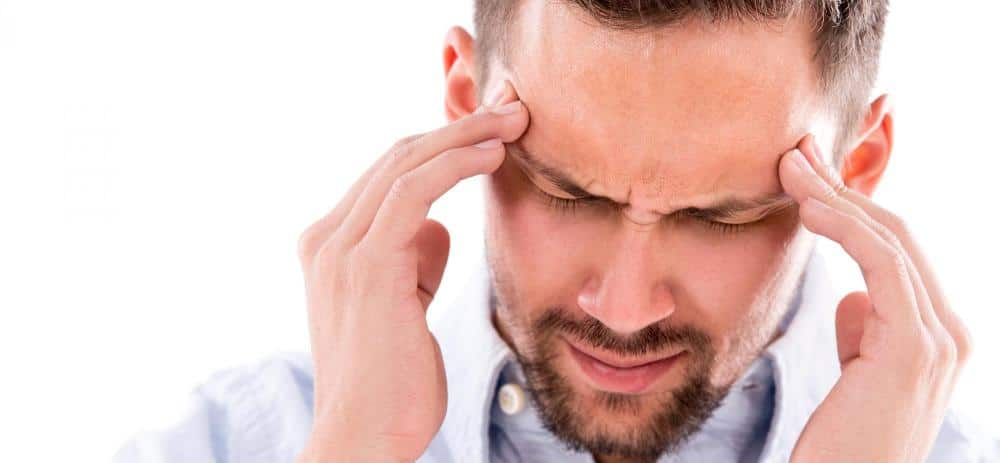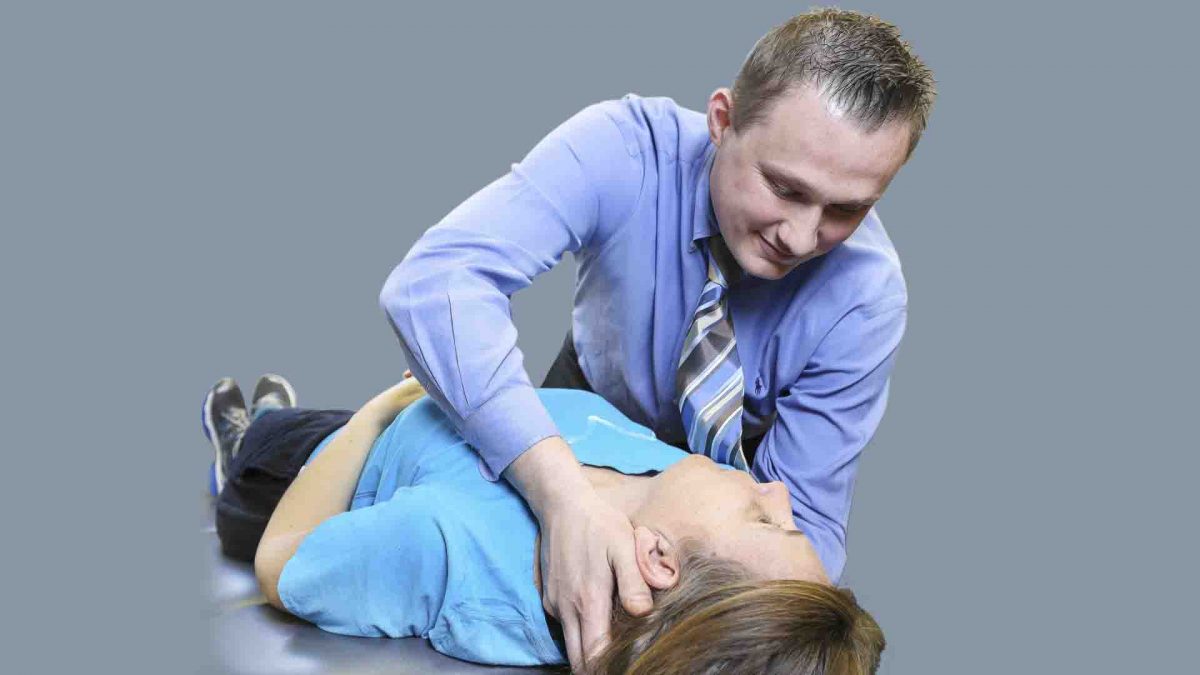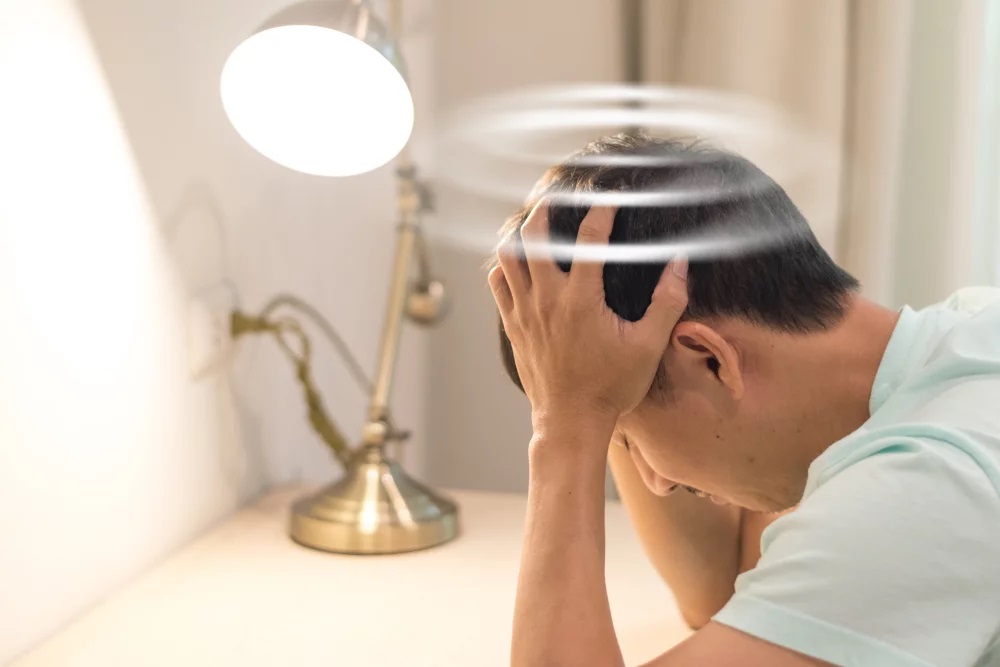Balance issues can make you feel dizzy. You might be standing but you will feel like the room’s spinning. You might feel that you’ll fall. Various systems and organs like eyes, ears, motors and touch sensors send series of sensors. Balance issues occur when there’s a problem with the signals sent by the ear to the brain. The vestibular systems lay a major role in controlling our senses of balance and spatial awareness.
A person suffering from this condition may feel confused or disoriented. This may make them lose a sense of where they are. There are certain symptoms which will help us identify this issue. They are:
- Blurry vision
- Lightheadedness
- Dizziness
- Feeling faint
- Nausea
- Difficulty in walking
Loss of balance can occur due to various reasons. Certain conditions can make the patient lose his sense of spatial orientation and make him feel disoriented. Some of them are:
- Inner ear problems
- Ear infection
- Effect of a certain medication
- Age
- Low blood pressure
Apart from the above-mentioned reasons, there are certain conditions as a result of which one might face balancing issues.
Labyrinthitis
It is the infection or inflammation of the inner ear known as the labyrinth. The labyrinth helps people stay balanced. Dizziness and loss of balance develop as a result of Labyrinthitis. People may also dizzy nauseated.
Meniere’s disease
It affects the inner ear and results in the disruption of signals being sent to the brain. Fluid builds up in the labyrinth which in turn affects the patient’s ability to hear and balance.
Vertigo
Vertigo causes dizziness when you move your head. It is usually seen when one turns to look behind or looks up to reach an item positioned above their head.
Diagnosis and Treatment
Visiting an otolaryngologist could help us deal with this condition easily. For the physician to examine and understand the condition thoroughly we might have to undergo a blood test, hearing and eye movement test, specialized tests that measure brain activity and a few balancing and posture assessments.
Treatment depends on the larger problem that the patient is facing. Balance issues develop as a side effect of major issues. If a certain type of medication causes a balance issue, the doctor may have to reduce the dosage or look for any alternative medication. The physician may prescribe a set of activities that can be done at home or under the guidance of a therapist.
Prime Physio Plus has a group of well-trained therapists who keep their patients at most ease. The comfort and well-being of their patients are at the center of their aim.




